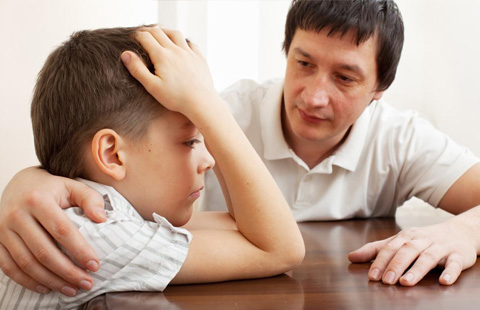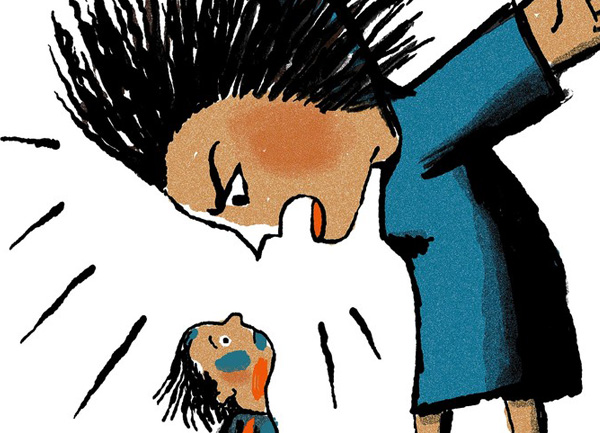Choosing sand Even for those of us lucky enough to have a private sandpit, we cannot control everything and fill the sandpit with no-hazard sand. A few things that can be controlled: See that fill up with new, "natural sand" from a hardware, gardening, or toy store. This is coarse sand, which is culled from beneath ponds and then often sterilized. It is normally a light tan color. Keep in mind that such coarse sand, often used as a safe surface underneath playground equipment, will not stick together when dampened with water. Play sand should stick together when dampened and will make the perfect medium for mold use and sandcastle building. Stay away from white or light powdery artificial sand because it may contain rocks, chunks, and materials made of asbestos, a material that is poisonous to both children and adults. In this articleSafe playEating sandLet them build the best sand castle everTips for building sand castlesSafe play Keeping the sand area sanitized and clean is important for preventing the spread of germs. The sand should be discarded and replaced every two years. If you replace sand regularly and keep sandboxes covered, the risk of spreading diseases (such as ringworm) via sand is low. If a child has a diaper accident or diarrhea in a sandbox, replace the sand immediately and sanitize the sandbox before use to prevent potential illness. Ideally, an outdoor sandbox should be kept covered when not in use. Uncovered sand may be an inviting litter box for roaming cats and birds, and ants may be attracted to food or beverage particles that children leave behind. If you find dangerous debris such as glass or animal waste in the sand area, do not allow children to play there. Keep eating and drinking areas separate from the sandpit. Spilled beverages or food particles should not become an attraction for bees or other insects. Eating sand Although an adult should be supervising sand play, it is better to lay the rules with the child too. Make sure children know that throwing or eating sand is unacceptable and that they should be careful not to get sand in their own eyes or in another childs eyes. Inevitably a toddler will try to eat sand. Most will quickly realize that sand tastes terrible and will stop on their own. If a child tries to eat sand, simply respond firmly by telling the child that sand is for playing with, not eating. Let them build the best sand castle ever Once you have done all you can, stop worrying. In fact get down to their level and get messy too. After all, you know better that wet sand stays where you put it while dry sand will trickle away. Tips for building sand castles If you are using a bucket to shape blocks for you castle or sculpture, be sure to tap and jiggle a few times before you pack down the sand. It will help to release trapped air that can ruin the mold. Pack the sand down and completely fill the bucket before you turn it over to unmold it. To build a tall tower, use the pancake method. Use wet sand to make the first level of the tower. It should look like a pancake about one inch thick. Make sure the base is large enough. Continue making and stacking pancakes until your tower is the height you want. Make walls by using wet handfuls of sand. Using both hands, scoop up as much wet sand as you can hold, gently press your hands together to squeeze out excess water and place the resulting sand clump where its needed to create your wall. Continue stacking clumps until your wall is complete. High walls need to be thick at the base and should narrow as they rise higher. Arches start out as a wall, but then you tunnel through them to create an arch. After your wall is built, gently tunnel your way through at the base. Then enlarge and shape the opening into the form of an arch by shaving off thin layers of excess sand. Plastic knives, butter knives, or putty knives all make ideal shaping tools. Decorate with pebbles, leaves, sticks, petals. The Dirt on Dirt - I
Choosing sand Even for those of us lucky enough to have a private sandpit, we cannot control everything and fill the sandpit with no-hazard sand. A few things that can be controlled:
- See that fill up with new, "natural sand" from a hardware, gardening, or toy store. This is coarse sand, which is culled from beneath ponds and then often sterilized. It is normally a light tan color.
- Keep in mind that such coarse sand, often used as a safe surface underneath playground equipment, will not stick together when dampened with water. Play sand should stick together when dampened and will make the perfect medium for mold use and sandcastle building.
- Stay away from white or light powdery artificial sand because it may contain rocks, chunks, and materials made of asbestos, a material that is poisonous to both children and adults.
Safe play
Keeping the sand area sanitized and clean is important for preventing the spread of germs.
The sand should be discarded and replaced every two years.
If you replace sand regularly and keep sandboxes covered, the risk of spreading diseases (such as ringworm) via sand is low.
If a child has a diaper accident or diarrhea in a sandbox, replace the sand immediately and sanitize the sandbox before use to prevent potential illness.
Ideally, an outdoor sandbox should be kept covered when not in use. Uncovered sand may be an inviting litter box for roaming cats and birds, and ants may be attracted to food or beverage particles that children leave behind.
If you find dangerous debris such as glass or animal waste in the sand area, do not allow children to play there. Keep eating and drinking areas separate from the sandpit. Spilled beverages or food particles should not become an attraction for bees or other insects.
Eating sand
Although an adult should be supervising sand play, it is better to lay the rules with the child too. Make sure children know that throwing or eating sand is unacceptable and that they should be careful not to get sand in their own eyes or in another child's eyes.
Inevitably a toddler will try to eat sand. Most will quickly realize that sand tastes terrible and will stop on their own. If a child tries to eat sand, simply respond firmly by telling the child that sand is for playing with, not eating.
Let them build the best sand castle ever
Once you have done all you can, stop worrying. In fact get down to their level and get messy too. After all, you know better that wet sand stays where you put it while dry sand will trickle away.
Tips for building sand castles
If you are using a bucket to shape blocks for you castle or sculpture, be sure to tap and jiggle a few times before you pack down the sand. It will help to release trapped air that can ruin the mold. Pack the sand down and completely fill the bucket before you turn it over to unmold it. To build a tall tower, use the 'pancake' method. Use wet sand to make the first level of the tower. It should look like a pancake about one inch thick. Make sure the base is large enough. Continue making and stacking pancakes until your tower is the height you want.
Make walls by using wet handfuls of sand. Using both hands, scoop up as much wet sand as you can hold, gently press your hands together to squeeze out excess water and place the resulting sand clump where it's needed to create your wall. Continue stacking clumps until your wall is complete. High walls need to be thick at the base and should narrow as they rise higher.
Arches start out as a wall, but then you tunnel through them to create an arch. After your wall is built, gently tunnel your way through at the base. Then enlarge and shape the opening into the form of an arch by shaving off thin layers of excess sand. Plastic knives, butter knives, or putty knives all make ideal shaping tools.
Decorate with pebbles, leaves, sticks, petals.
The Dirt on Dirt - I 































